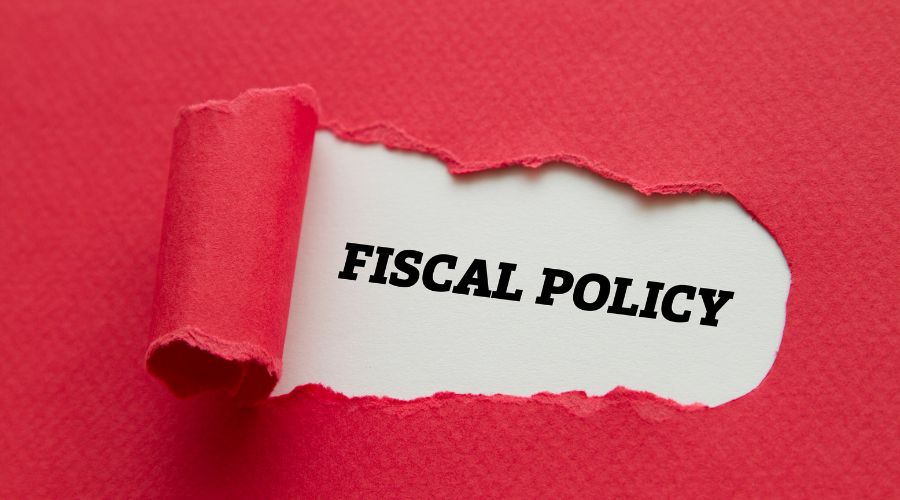
Germany’s Fiscal Revolution A Stimulus for Growth Amid Trade Uncertainty
 ACY Securities - Luca Santos
ACY Securities - Luca Santos
The German economy is entering a transformative phase with the recent approval of a major fiscal reform package (If you are not sure what is going on German click here to read my latest blog). This substantial shift in policy, cantered on debt-financed investment, is expected to reinvigorate growth prospects, although challenges remain.
Germany’s Fiscal Expansion: A Game Changer?
The newly approved 500 billion EUR infrastructure fund marks a historic shift in Germany’s economic policy. For years, the country has operated under stringent fiscal constraints, but this package will allow for significant public investment. A substantial portion of these funds—100 billion EUR—will be directed toward the Climate Transition Fund (KTF), while the remaining allocations will bolster federal and state-level projects, emphasizing infrastructure, defense, and digitalization.
Additionally, a major revision to Germany’s debt rules will exempt defense spending above 1% of GDP from the constitutional debt brake. This effectively removes the cap on military expenditures, enabling the government to pursue a more ambitious defense strategy. However, key details, such as the timeframe and specific budgetary allocations, remain uncertain.
Economic Impact: Optimism Amid Risks
The shift in fiscal strategy has already bolstered business confidence, with indicators like the ZEW expectations index reaching a three-year high. Initial projections suggest that German GDP growth could rise to 1.7% in 2026, a notable improvement from the earlier forecast of 1.1%.
However, growth risks remain skewed to the downside. One immediate concern is the looming introduction of new U.S. tariffs on European goods, expected on April 2. The policy, which aims to match foreign trade barriers with reciprocal tariffs, could strain EU-U.S. trade relations, particularly given the bloc’s significant trade surplus with the U.S. If these measures escalate into a broader trade dispute, Germany’s export-driven economy could face renewed headwinds.
Recent developments suggest that the scope of these tariffs may not be as broad as initially feared. Reports indicate that only about 15% of countries with the most uneven trade balances with the U.S. will be targeted, and some nations might be excluded entirely. While this has provided a temporary boost to market sentiment, uncertainty remains high as the final policy details have yet to be confirmed.
Beyond trade concerns, the Eurozone’s economic outlook remains fragile. While Germany’s fiscal stimulus may provide a boost, broader European indicators suggest a mixed picture. The Eurozone composite PMI remains close to the 50.0 threshold, signaling weak growth, and inflationary pressures persist across key economies. The EUR/USD pair has struggled to maintain its rally, reflecting investor caution over how quickly fiscal measures will translate into tangible economic improvements.
Germany’s fiscal shift undoubtedly represents a pivotal moment for the European economy. The injection of public investment could provide much-needed stimulus, especially in infrastructure and digitalization. However, the success of this initiative will depend on how swiftly and effectively funds are deployed.
Looking ahead, the balance between fiscal stimulus and external risks will define Germany’s economic trajectory. If the government moves decisively in implementing its spending plans while mitigating trade-related risks, the country could be positioned for a stronger-than-expected recovery. Conversely, delays in execution or escalating trade tensions could temper the anticipated benefits of the fiscal expansion.
In the coming months, all eyes will be on Berlin not just for budget allocations but for signs of how quickly this policy shift translates into tangible economic gains.
This content may have been written by a third party. ACY makes no representation or warranty and assumes no liability as to the accuracy or completeness of the information provided, nor any loss arising from any investment based on a recommendation, forecast or other information supplies by any third-party. This content is information only, and does not constitute financial, investment or other advice on which you can rely.
LiquidityFinder
LiquidityFinder was created to take the friction out of the process of sourcing Business to Business (B2B) liquidity; to become the central reference point for liquidity in OTC electronic markets, and the means to access them. Our mission is to provide streamlined modern solutions and share valuable insight and knowledge that benefit our users.
If you would like to contribute to our website or wish to contact us, please click here or you can email us directly at press@liquidityfinder.com.
